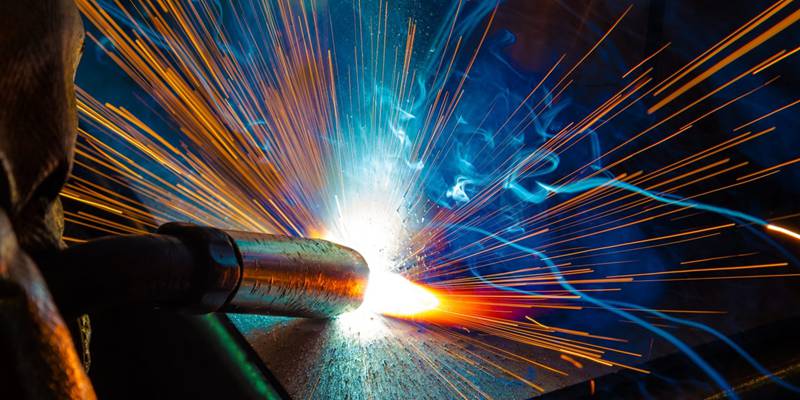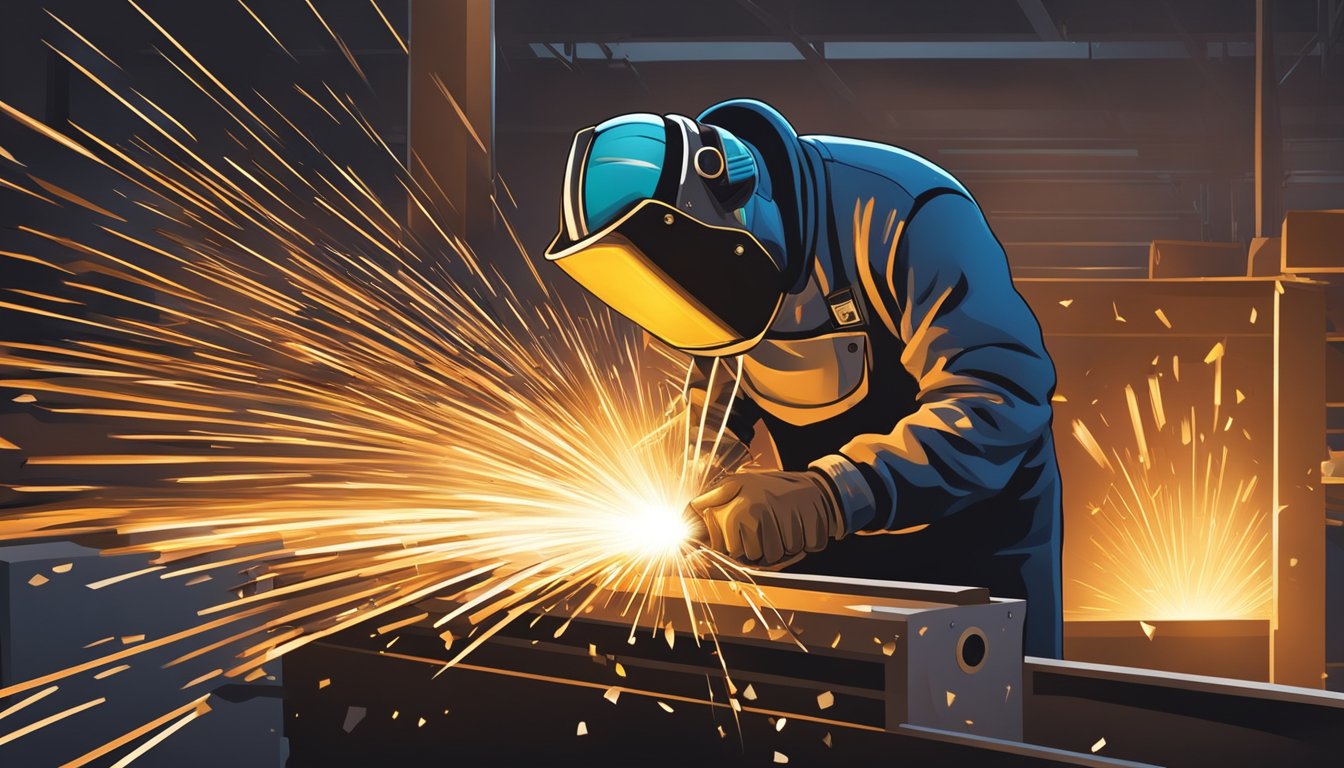Recognizing Welding WPS: Comprehensive Overview for Welders
Mastering Welding WPS Criteria: Best Practices and Techniques for Top Quality Welds
In the world of welding, mastering Welding Treatment Spec (WPS) standards is a critical part that directly affects the high quality and integrity of welds. Abiding by these requirements ensures uniformity and reliability in welding end results. Nevertheless, achieving quality in welds goes beyond just comprehending the standards; it includes implementing ideal practices and strategies that elevate the craft to a degree of precision and ability that distinguishes the average from the outstanding. As we browse through the intricacies of welding WPS criteria, uncovering crucial understandings and strategies for accomplishing top-tier welds will certainly be extremely important for welders looking for to stand out in their craft and produce welds that stand the test of time.
Recognizing Welding WPS Specifications

Recognizing WPS criteria is important for examiners, designers, and welders associated with welding operations. By adhering to WPS standards, welders can produce welds that meet the required mechanical properties and architectural integrity. Examiners depend on WPS paperwork to verify that welding procedures are being followed properly which the resulting welds are of excellent quality. Designers utilize WPS standards to design welding treatments that ensure the resilience and integrity of bonded structures.


Crucial Devices for Quality Welds
Mastering welding WPS requirements is essential for welders to effectively make use of the vital tools required for generating top quality welds. Among the most important devices for quality welds is a welding machine. The sort of welding device needed depends on the welding procedure being made use of, such as MIG, TIG, or stick welding. Welding safety helmets are additionally crucial to shield the welder's eyes and face from triggers, heat, and UV radiation. Furthermore, welding handwear covers made of long lasting and heat-resistant products safeguard the hands from injuries and burns. Clamps and magnets aid hold the work surfaces with each other securely throughout the welding process, guaranteeing accurate and accurate welds. Cable brushes and cracking hammers are important for cleaning up the weld joint before and after welding to get rid of any type of impurities that can affect the high quality of the weld. Finally, a measuring tape and angle mill work tools for guaranteeing appropriate placement and preparing the work surfaces for welding.
Key Methods for Welding Success
To attain welding success, one should master the vital methods crucial for producing top notch welds. One essential strategy is preserving the proper arc size. Keeping the electrode at the optimum distance from the work surface is vital for producing solid, consistent welds. Additionally, controlling the traveling speed is critical. Moving too swiftly can lead to inadequate infiltration, while moving as well gradually can bring about too much warm input and prospective problems. Appropriate control of the electrode angle is an additional crucial strategy. The angle at which the electrode is held can influence the grain form and infiltration of the weld. Moreover, ensuring consistent gun angle and direction of travel is necessary for uniformity in the weld grain. Last but not least, keeping a steady hand and a stable welding placement throughout the procedure is vital to attaining accuracy and uniformity in the welds. By grasping these crucial techniques, welders can elevate the quality of their work and accomplish welding success.
Ensuring Conformity With WPS Requirements

In addition, welders must undertake training to acquaint themselves with the WPS criteria appropriate to their job. Routine audits and assessments must be performed to validate that welding tasks line up with the recommended WPS standards. Furthermore, preserving in-depth records of welding specifications, equipment calibration, and evaluation results is critical for demonstrating compliance with WPS criteria - welding WPS. By faithfully sticking to WPS requirements, welders can make sure that their work meets the required top quality degrees and adds to the general success of the welding job.
Troubleshooting Common Welding Issues
When encountered with typical welding issues, recognizing the origin cause is critical for efficient troubleshooting. One prevalent problem is the presence of porosity in welds, frequently brought on by contaminants such learn this here now as oil, dampness, or corrosion. To resolve this, guaranteeing proper cleaning of the base metal before welding and using the right shielding gas can dramatically decrease porosity. Another concern often encountered is lack of blend, where the weld stops working to effectively bond with the base material. This can originate from inadequate warmth input or incorrect welding strategy. Readjusting criteria such as voltage, wire feed rate, or travel rate can help enhance blend. Additionally, distortion, fracturing, and spatter are common welding difficulties that can be mitigated with correct joint preparation, consistent warm control, and picking the suitable welding consumables. By extensively understanding these common welding problems and their origin, welders can properly troubleshoot issues and accomplish high-quality welds.
Final Thought
Finally, understanding welding WPS standards calls for a thorough understanding of the guidelines, utilizing crucial tools, and executing essential methods for effective welds. Guaranteeing compliance with WPS criteria is vital for creating top quality welds and staying clear of usual welding issues. By following best strategies and practices, welders can attain constant and trustworthy cause their welding tasks.
In the world of welding, understanding Welding Treatment Requirements (WPS) requirements is a crucial part that directly influences the top quality and integrity of welds.When delving right into the realm of welding techniques, a crucial aspect to comprehend is the importance and intricacies of Welding Procedure Requirements (WPS) criteria. WPS see here now standards give a detailed standard for welding procedures, ensuring uniformity, quality, and safety and security in the welding procedure. The type of welding maker needed depends on the welding procedure being made use of, such as MIG, TIG, or stick welding.Accomplishing welding success through the proficiency of crucial techniques requires a complete understanding and adherence to Welding Procedure Requirements (WPS) requirements.